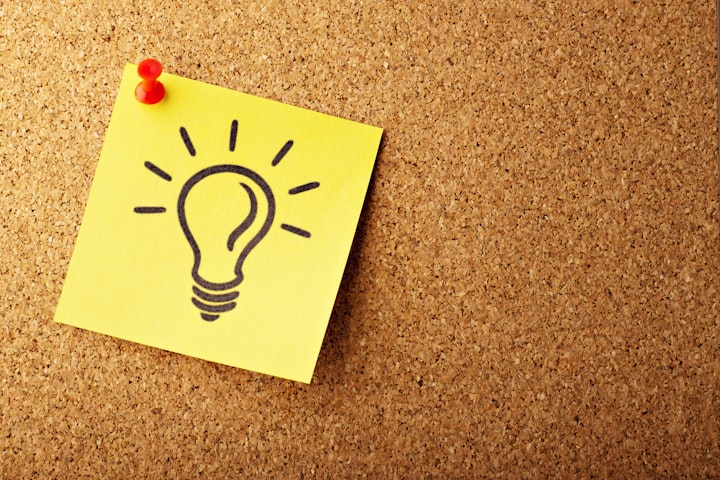Behind the Scenes with the Best Web Designers: From Concept to Launch
Read the article to understand more.

The web design process is a complex and intricate one, requiring a high level of expertise, creativity, and attention to detail. From the initial concept to the final launch, web designers work tirelessly to create stunning, functional, and user-friendly websites that meet the needs of their clients and their target audiences.
In this article, we will take a behind-the-scenes look at the process that the best web designers follow, from concept to launch. We will explore the key steps and considerations involved in web design, and examine the strategies and tools that designers use to create websites that stand out in a crowded online space.
Step 1: Understanding the Brief
The web design process begins with understanding the brief. This involves meeting with the client to discuss their requirements, goals, and expectations, and gathering as much information as possible about their business, brand, and target audience.
At this stage, a web designer will seek to gain a deep understanding of the client's values, brand personality, and unique selling proposition (USP). They will also ask questions about their target audience, including their demographics, interests, and online behaviors.
This information helps the designer to create a website that resonates with the client's brand identity and speaks directly to their ideal customers. It also helps them to identify the key features and functionality that the website needs to have to meet the client's objectives.
Step 2: Research and Planning
With a deep understanding of the client's needs and goals, the web designer then moves on to the research and planning phase. This involves conducting in-depth research into the client's industry, competitors, and target audience, as well as identifying the latest design trends and best practices.
The designer will also develop a site map, outlining the hierarchical structure of the website and the key sections and pages that it will contain. This enables the designer to create a clear layout and user interface that guides the user through the website and makes it easy to navigate.
At this stage, designers may also create wireframes, which are low-fidelity mockups of the website's layout and content. This enables the designer to test out different design concepts and ensure that the website will be user-friendly and easy to navigate.
Step 3: Design and Development
With the planning and research phase complete, the designer moves on to the design and development phase. This is where the website begins to take shape, as the designer creates visual designs and user interfaces that bring the website's concept to life.
During the design phase, the designer will create a range of design concepts and mockups, testing out different color schemes, typography, and imagery to find the perfect combination. They will also incorporate the latest design trends and best practices, ensuring that the website looks modern, fresh, and appealing to the target audience.
Once the visual design is complete, the designer moves on to the development phase. This is where they use HTML, CSS, and JavaScript to code the website's layout and functionality, ensuring that it works seamlessly across different devices and browsers.
Step 4: Quality Assurance and Testing
With the website's design and development complete, the designer moves on to the quality assurance and testing phase. This involves testing the website for usability, functionality, and performance, ensuring that it works as intended and that all features and functionality are properly optimized.
During this stage, the designer will test the website on a range of different devices and browsers, ensuring that it looks and works seamlessly on all platforms. They will also conduct user testing, gathering feedback from real users to identify any areas that need improvement.
Step 5: Launch and Maintenance
With the website fully tested and optimized, the designer is ready to launch. This involves deploying the website to the client's hosting platform and making it live to the world. The designer may also provide ongoing maintenance and support to ensure that the website stays up-to-date and continues to deliver the best possible user experience.
Conclusion
The web design process is a complex and intricate one, requiring a high level of expertise and attention to detail. From the initial concept to the final launch, web designers work tirelessly to create stunning, functional, and user-friendly websites that meet the needs of their clients and their target audiences.
By following a step-by-step process that includes understanding the brief, conducting research and planning, designing and developing, quality assurance and testing, and launching and maintaining, the best web designers are able to create websites that stand out in a crowded online space and deliver results for their clients.
If you want to see my #1 top-rated web designer, Click Here Now





Comments
There are no comments for this story
Be the first to respond and start the conversation.